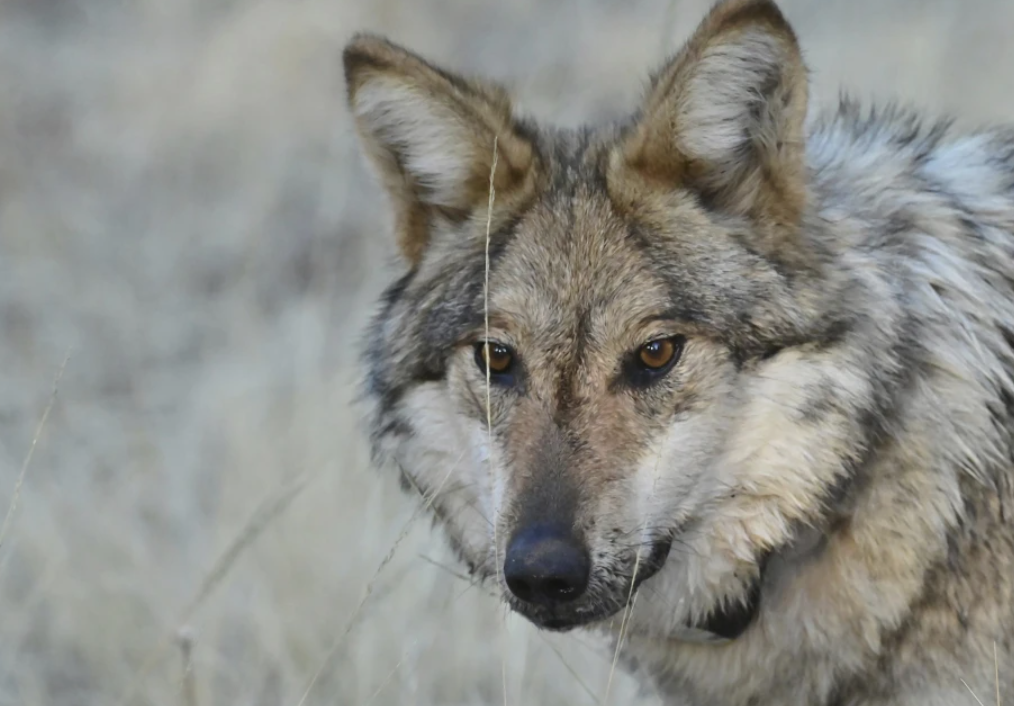Catron County in rural New Mexico is considering declaring a state of emergency as reports of Mexican gray wolves attacking pets and livestock rise. Commissioners are scheduled to meet to discuss a resolution that would allocate funds for additional personnel to investigate these incidents and implement measures to deter the wolves.
“These wolves pose an immediate health and safety threat to people and property,” county officials stated, urging residents to stay vigilant, supervise children and pets closely, and take precautions, especially elderly individuals.
This issue isn’t limited to New Mexico. Parts of Oregon and Northern California are also witnessing aggressive wolf behavior, with increased livestock deaths. Two California counties have recently declared emergencies, and a sheriff in another county has requested state wildlife assistance.
Mexican gray wolves, the smallest subspecies of gray wolves, have been part of reintroduction efforts since the late 1990s. Ranchers have long opposed these efforts, citing threats to their livelihoods, compounded by drought and rising costs. Environmental groups argue that the wolves play a vital role in the ecosystem and criticize the U.S. Fish and Wildlife Service for not releasing enough wolves to maintain genetic diversity. They point out that there are no recorded incidents of Mexican wolves attacking humans.
Recent surveys show a population of at least 286 Mexican gray wolves in Arizona and New Mexico, marking nine consecutive years of growth. In 2024, 99 livestock kills were confirmed, though this number has been decreasing. Wildlife managers carried out 290 successful hazing operations last year to deter wolves from approaching homes and livestock.
The proposed resolution from Catron County highlights that the wolf reintroduction program has disrupted local culture and customs. It seeks emergency state funding and requests the governor to deploy the New Mexico National Guard if needed.
In Oregon, ranchers in Lake County have hired additional staff and even used night vision gear to monitor their herds. The county declared a public safety and livestock emergency in February and later supported the removal of a problematic collared wolf after non-lethal methods failed.
California’s Sierra County declared an emergency in March, following Modoc County’s lead. Lassen County has also reported heightened wolf activity.
In Colorado, a group of citizens is gathering signatures to put the issue of wolf reintroduction to a 2026 ballot. Recently, federal wildlife managers killed a collared wolf that crossed into Wyoming and attacked sheep.
Montana lawmakers are considering extending the wolf hunting season, while Idaho allows limited trapping and snaring to manage its wolf population.
The reintroduction and management of gray wolves continue to be contentious, with legal battles ongoing for decades. The fate of management rules and recovery area boundaries is currently under review by a federal appeals court.















